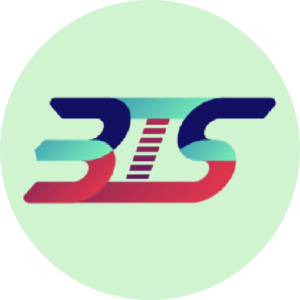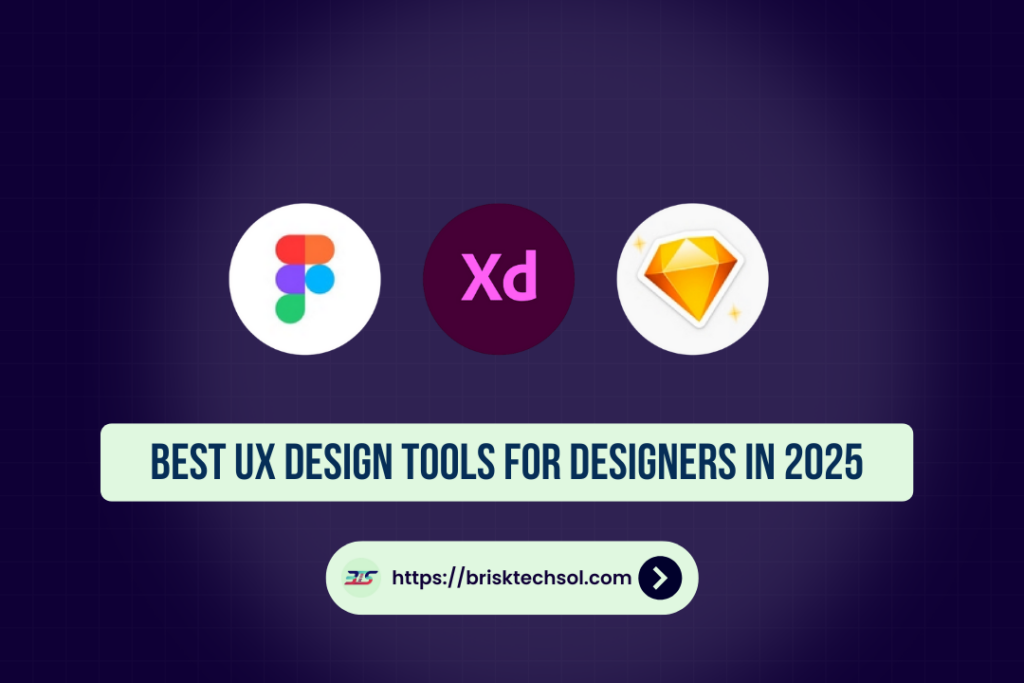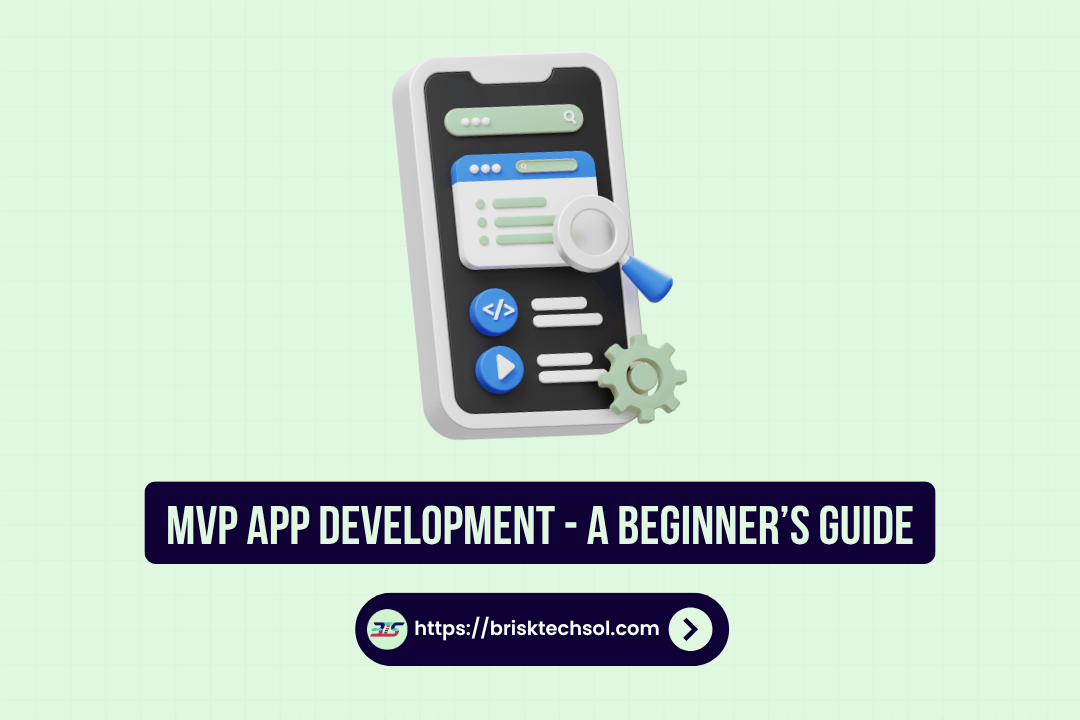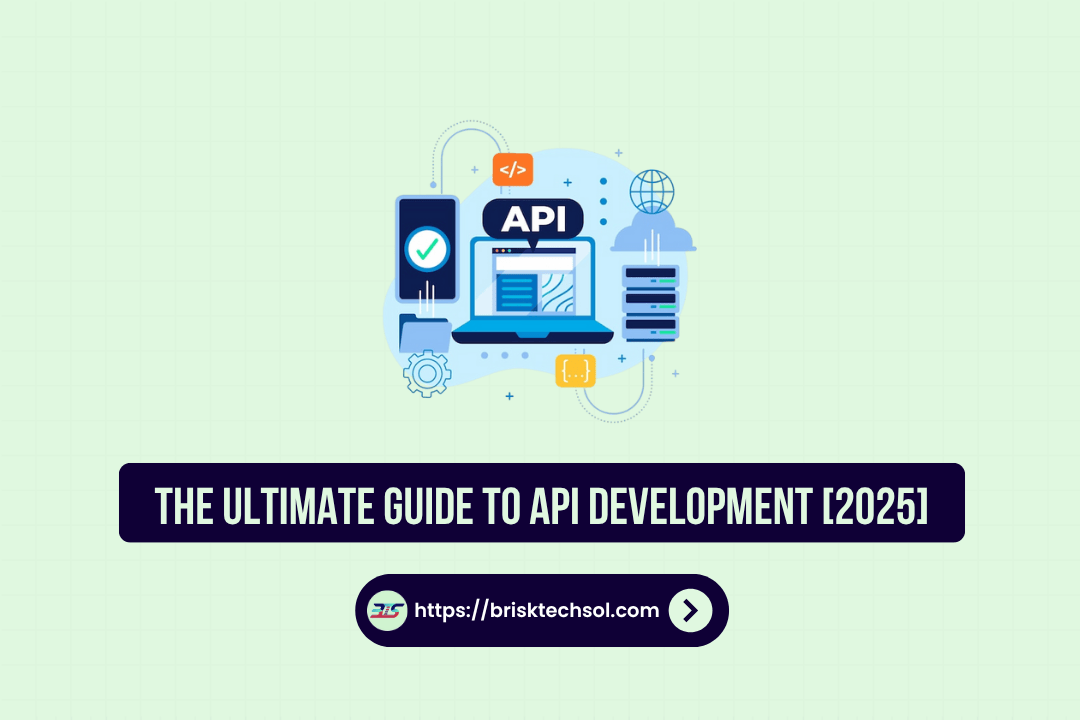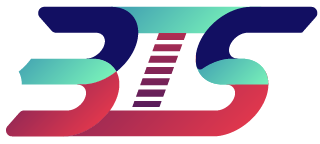Welcome to our complete guide on UX design tools. Designed for creative minds, this guide offers honest reviews, actionable tips, and emerging trends to empower your design journey. Discover the best tools, practical strategies, and future insights to help you create user-centric digital experiences that truly connect, inspire, and succeed.
Understanding UX Design Tools
UX design tools have revolutionized the way digital products are conceptualized, designed, and tested. In a modern design environment, these applications empower designers to create detailed wireframes, prototypes, and interactive user interfaces that enhance the overall digital experience. Historically, design was a manual process that relied on paper sketches and static images. With technological advancements, designers have transitioned to sophisticated software platforms that support real‐time collaboration, rapid prototyping, and dynamic feedback integration.
Statistical insights support the growing reliance on UX design tools. Recent surveys reveal that over 60% of digital design teams have significantly improved their productivity and project turnaround times after integrating these tools into their workflow. The ability to iterate designs quickly, gather immediate user feedback, and maintain consistency across projects has made these tools indispensable. For example, cloud-based platforms now allow multiple designers to collaborate simultaneously, reducing the time spent on revisions and accelerating the overall design process.
Top UX Design Tools Overview
In the competitive arena of digital design, choosing the right UX design tool is critical for delivering exceptional user experiences. In this section, we explore the top tools that have redefined the design landscape. The market is divided into several categories including prototyping tools, wireframing and UI design platforms, and usability testing solutions. Each category caters to a unique aspect of the design process, ensuring that designers have access to specialized functionalities.
Prototyping Tools
Prototyping tools simulate user interactions, allowing designers to test concepts and gather valuable feedback before moving into development. One standout tool is Figma. Its cloud-based platform supports real-time collaboration, enabling multiple team members to edit designs simultaneously. Figma offers a robust suite of features, including vector editing, responsive design capabilities, and integrated commenting. This flexibility empowers teams to iterate quickly and efficiently, reducing revision times and boosting overall productivity.
Another essential tool is InVision. Unlike Figma’s collaborative canvas, InVision excels at creating interactive mockups that closely resemble the final product. With InVision, designers can craft clickable prototypes that simulate real-life user interactions, making it easier to collect feedback from stakeholders and end-users. Its seamless integration with other design applications further streamlines the process from ideation to execution, making it invaluable for teams focused on usability testing and iterative design.
Wireframing & UI Design Tools
When it comes to wireframing and UI design, Sketch remains a dominant player especially among Mac users. Renowned for its intuitive interface and powerful vector editing capabilities, Sketch has built a thriving ecosystem of plugins and third-party integrations. Designers appreciate Sketch’s ability to create high-fidelity interfaces with precision, though its limitation to the macOS platform can be a drawback for teams using multiple operating systems.
Adobe XD offers a compelling alternative by bridging the gap between wireframing and high-fidelity prototyping. Fully integrated with Adobe Creative Cloud, XD provides an extensive range of design features, including voice-enabled prototyping and automated animation tools. Its familiar interface appeals to users already embedded in the Adobe ecosystem, ensuring a smooth transition and effective workflow management. While some advanced functionalities may require additional plugins, Adobe XD stands out as a comprehensive solution for a broad range of design needs.
Usability Testing Tools
Usability testing is critical for validating design decisions and ensuring a product meets user expectations. Many design teams complement their primary design tools with specialized usability testing platforms. These applications allow designers to collect real-time user feedback, perform A/B testing, and analyze user behavior to pinpoint areas for improvement. The data collected from usability tests informs iterative design changes and helps optimize the user experience.
A detailed comparison of these tools can be summarized in the table below:
| Tool | Category | Key Features | Pricing | Pros | Cons |
|---|---|---|---|---|---|
| Figma | Prototyping | Real-time collaboration, vector tools, responsive design | $$ | Cloud-based, team-friendly | Steeper learning curve |
| Sketch | Wireframing/UI Design | Powerful vector editing, extensive plugin ecosystem | $$ | Intuitive interface, high precision | Mac-only platform |
| Adobe XD | Wireframing/Prototyping | Voice-enabled prototyping, Creative Cloud integration | $$ | Versatile, familiar to Adobe users | Requires plugins for advanced use |
| InVision | Usability Testing | Interactive mockups, seamless feedback integration | $$ | Excellent for stakeholder feedback | Subscription-based model |
Beyond individual features, user adoption and market feedback provide additional insights into each tool’s effectiveness. For example, industry reports from 2023 highlight that Figma experienced a 150% growth in its user base, largely due to its collaborative capabilities. Similarly, many design teams have observed significant improvements in turnaround times and overall workflow efficiency when integrating these modern tools.
Interoperability is another key factor. Modern UX design tools are designed to work seamlessly with other parts of the digital ecosystem linking with project management platforms like Trello and Jira, as well as version control systems such as GitHub. This integration facilitates a smooth transition from design to development and minimizes the potential for miscommunication between teams.
Moreover, the user interface of these tools is crafted to be both aesthetically pleasing and functionally robust. From intuitive drag-and-drop features to customizable grid systems, every element is designed to help designers bring their creative visions to life with minimal friction. This focus on usability ensures that designers can concentrate on innovation rather than technical hurdles.
Industry experts recommend that teams experiment with multiple tools to determine which best aligns with their specific workflow. In many cases, a combination of these tools each addressing different stages of the design process can create a synergistic effect that enhances the overall quality of digital products. Ultimately, the choice of a UX design tool should align with the strategic goals of the organization, ensuring that every design decision contributes to a superior user experience and drives business success.
How to Choose the Right UX Design Tool
Choosing the right UX design tool is a critical decision that can significantly influence your design workflow, team productivity, and ultimately, the success of your digital product. When evaluating potential tools, several factors must be considered to ensure that the chosen solution aligns with your project requirements and business objectives.
Usability and Learning Curve:
First and foremost, usability is paramount. A tool that is intuitive and user-friendly allows designers to quickly adapt and start working without extensive training. This reduction in onboarding time accelerates the creative process. It is equally important to evaluate the availability of learning resources tutorials, webinars, and community forums—that can help new users navigate the tool effectively. For example, Figma is celebrated for its intuitive design environment, even though some of its advanced features may initially challenge beginners.
Integration with Existing Software:
In today’s interconnected digital landscape, UX design tools must integrate seamlessly with other software in your workflow. Look for platforms that connect effortlessly with project management systems, version control tools, and development environments. Many modern tools provide plugins for popular applications like Trello, Jira, or Slack, ensuring that designers and developers maintain clear communication. This integration minimizes the risk of miscommunication and creates a smooth handoff between design and development teams.
Cost Efficiency and Pricing Models:
Cost is another critical factor. UX design tools are available under various pricing models from subscription-based services to one-time purchases. Subscription models, such as those offered by InVision and Figma, often include continuous updates and dedicated customer support, which can be particularly beneficial for teams that require the latest features and regular maintenance. However, teams with limited budgets might prefer tools with one-time purchase options or freemium versions that allow them to test core functionalities before committing financially.
Industry-Specific Requirements:
Different industries have unique design needs. For instance, an e-commerce platform may require tools that support responsive design and rapid prototyping to accommodate frequent updates, whereas a mobile application development team might prioritize platforms with specialized templates for mobile interfaces. Customizability is also important tools that allow you to tailor design components and workflows to your specific needs can offer a significant competitive advantage in niche markets.
User Feedback and Case Studies:
Real-world feedback is invaluable. Testimonials and case studies from other professionals can provide insight into how a tool performs under practical conditions. For example, several design teams have reported improvements of up to 30% in workflow efficiency after transitioning to cloud-based design platforms. Such data, combined with user reviews, can help you build a comprehensive understanding of a tool’s strengths and limitations.
Decision Matrix and Future Scalability:
A structured decision-making process can simplify the selection. Creating a decision matrix that compares criteria such as usability, integration, cost, and learning curve—with weighted scores for each—can help clarify which tool best suits your project. Additionally, consider the future scalability of the tool. As your projects expand and your team grows, your design software should be able to accommodate increased demands. Tools that are regularly updated with new features and supported by an active user community are more likely to meet your evolving needs.
By carefully weighing these factors usability, integration, cost efficiency, industry-specific requirements, user feedback, and scalability you can select a UX design tool that enhances productivity while fostering creative excellence. An informed choice not only streamlines your workflow but also paves the way for innovative, user-centric designs that drive success in today’s competitive digital market.
Best Practices for Using UX Design Tools
Effective utilization of UX design tools extends beyond selecting the right software; it involves adopting best practices that streamline workflows, foster team collaboration, and elevate the quality of digital products. One essential strategy is integrating a robust design system into every project. A design system includes standardized elements such as color palettes, typography, iconography, and layout grids that ensure consistency across all design outputs. When team members adhere to a unified system, redundancy is minimized and errors are reduced, leading to a more cohesive user experience.
Iterative Prototyping:
Rather than striving for perfection in one go, successful teams embrace an agile approach to design. Iterative prototyping involves creating multiple design iterations, testing each version with users, and refining the product based on feedback. Tools like Adobe XD and Figma support rapid changes and collaborative editing, making it easier to incorporate user insights and improve designs continuously. This cycle of iteration not only results in a higher-quality product but also cultivates a culture of continuous improvement.
Collaboration and Communication:
Modern UX design tools are built to facilitate teamwork. Cloud-based platforms enable multiple users to work on a design simultaneously, fostering real-time collaboration. Regular design reviews, structured feedback sessions, and the use of commenting features ensure that all stakeholders are aligned throughout the creative process. This collaborative approach leads to fewer misunderstandings, faster project completions, and ultimately, more innovative designs.
Workflow Optimization:
Automation is a powerful ally in the design process. Many UX tools offer features that allow the creation of reusable components—such as buttons, navigation bars, and form elements which can be easily dragged and dropped into new projects. This not only saves time but also ensures consistency across different projects. Automation tools that handle repetitive tasks, like resizing or color adjustments, enable designers to focus on creative problem-solving rather than mundane details.
Continuous Learning and Adaptation:
The UX design landscape is continuously evolving. Staying updated with the latest software innovations, attending webinars, participating in online forums, and following industry blogs are essential practices. This proactive learning approach ensures that your team is always aware of new features and best practices, which can then be integrated into your workflow to enhance productivity.
Documentation and Version Control:
Maintaining thorough documentation is crucial for tracking design decisions and iterations. A well-organized repository of design assets, feedback notes, and version histories helps teams manage revisions effectively and maintain high-quality standards throughout the design lifecycle.
By integrating these best practices adopting a unified design system, engaging in iterative prototyping, fostering collaboration, automating repetitive tasks, continuously learning, and maintaining proper documentation design teams can maximize the efficiency and impact of their UX design tools. Ultimately, these strategies lead to more innovative products, improved user experiences, and a smoother, more agile design process.
Key Takeaways
- Boost Productivity: Modern UX tools streamline workflows, enhance collaboration, and enable rapid prototyping.
- Top Tools: Figma, Sketch, Adobe XD, and InVision lead the market with unique features.
- Best Practices: Embrace iterative design, automation, and continuous learning.
- Future Trends: Look for AI integration, AR/VR prototyping, and advanced analytics.
- Smart Selection: Consider usability, cost, and integration for optimal tool choice.
FAQ’S
What are UX design tools?
They are software applications that help create wireframes, prototypes, and user interfaces to improve digital experiences.
Which tool is best for collaboration?
Figma is highly recommended due to its real-time, cloud-based collaborative features.
How do these tools enhance productivity?
They streamline workflows, enable quick iterations, and facilitate efficient team communication.
Are these tools suitable for mobile design?
Yes, many offer responsive templates and mobile-specific features for designing on various devices.
What future trends should I watch in UX design tools?
Expect to see more AI-driven features, AR/VR integration, and enhanced data analytics capabilities.

